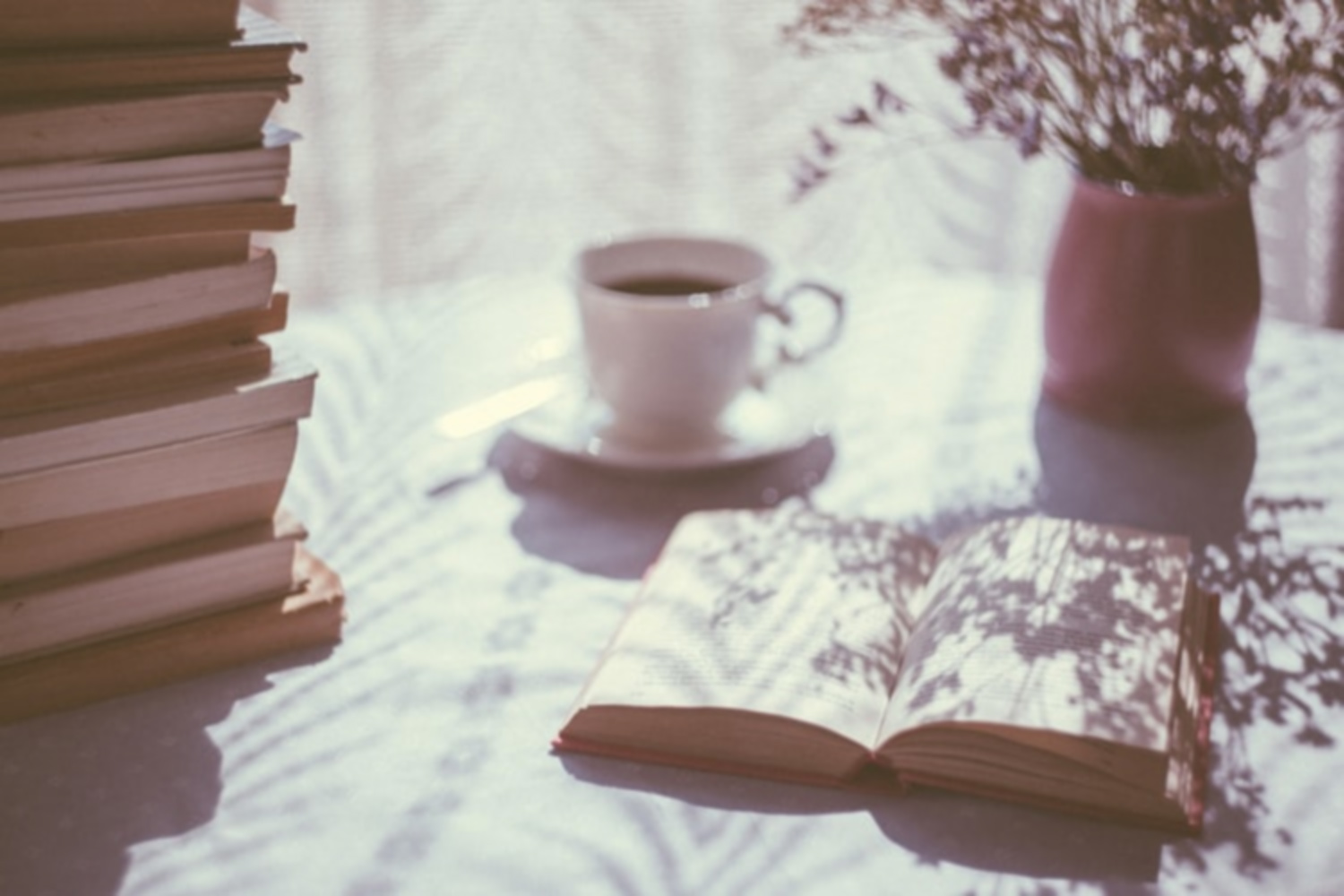This is a process I developed myself when I was at university studying poems; I couldn’t understand nor analyse a poem, and it confused the heck out of me. I used to look at poems and feel completely lost like I didn’t even know where to start. So, I developed this system as a way of breaking down a poem and looking at it from all sorts of different angles until it finally clicked into place and the meaning became clear. I’ll break down these components below for you to give an explanation of what they are and why they work so well. This article is for students aiming for As and A*s in their literature essays, it’s equally useful for those taking GCSEs, and IGCSEs.
For more help on poetry and essays, see our full range of English courses here.
VOCABULARY
- Always the first place to start. How can you understand a poem if you don’t know what the words mean?
- Poems deliberately use difficult or unusual vocabulary a lot of the time, so look up unfamiliar words and even keep a vocab list as you go through them.
STORY/SUMMARY
- Always the second place to go. Unlock the story, and it will all be so much clearer.
- There are two ways to do this: 1) write the story out in a chunk and 2) write the story out stanza by stanza. This depends on the format of the poem – for narrative poems (that tell full stories) I would go for the stanza by stanza approach. For lyric poems (that express a thought or idea, with no full story), I would go for the chunk approach – although I should really think of a better name than that for it.
- Read poems sentence by sentence, not line by line. This will help you to see the story more clearly.
SPEAKER/VOICE
- Be careful with this one, it’s important! The speaker of the poem is almost never clearly the poet themselves. Read that again: The speaker of the poem is almost never the poet themselves. I repeat it because it’s such a common mistake people make when analysing poems. You need to separate the ‘voice’ of the poem from the poet, even if the poet seems to be speaking, they will be using a persona, a kind of distilled or simplified character that is not fully themselves but a kind of disguise that they use when writing poems.
- Lots of poems have a speaker that is obviously not the poet – they are written in character. If this is the case, make sure you understand the character who is speaking and use that to analyse.
- The poems may have a private addressee – the person who’s being spoken to. They may also be for a general audience. Again, use this in your analysis because it changes the way you think about the poem and its intentions.
LANGUAGE
- Poetic and grammatical devices that the writers use on purpose to create deeper meanings in their poems: similes, metaphors, alliteration, onomatopoeia are examples of poetic devices. Abstract nouns, present continuous verbs, prepositions, and adjectives are examples of grammatical devices.
- For each technique, make sure you understand and analyse the effects in detail – it’s not enough to just find the device, you have to get why it’s used and how it connects to the wider meanings of the poem.
STRUCTURE / FORM
- Equally important as language – don’t ignore this part because you’ll drop a lot of marks!
- The shape of the poem and its punctuation, plus the pace of reading and any moments of tension / release can be called ‘structure’
- The type of poem and its rules can be called ‘form’ e.g sonnets have to have 14 lines and typically are in the Petrarchan form (ABBAABBACDCDCD rhyme scheme) or Shakespearean form (ABABCDCDEFEFGG rhyme scheme).
- Sometimes techniques cross over and can be considered both structure and form, for instance, if you analyse the rhythm or metre of a poem.
ATTITUDES
- Very important, and often ignored! The attitudes are beliefs or opinions that the poem presents. It’s not enough to understand what the poem is about factually – you need to go deeper into the messages and ideas behind the surface.
- Attitudes can be the poet’s own thoughts, the characters’ opinions, or general opinions and beliefs that are in the poem. They are usually suggested or implied, rather than directly stated. You have to use inference and read between the lines to properly find them. Luckily for you, I’ve given you the main attitudes of each poem in my analyses below!
THEMES
- Big concepts or ideas that the poem explores. These usually are the basis of essay or exam questions, so you need to think deeply about them.
- Examples of common themes: Love, death, war, grief, joy, nature, humanity, relationships.
- Important: find out the running themes of your collection. For instance, it may appear to be ‘relationships’, although this presents itself in different ways: family relationships, romantic relationships, and humanity’s relationship to the natural world are all explored. Break down the overall theme into more complex and subtle angles, then explore those in your essay to get very top marks.
POSSIBLE ESSAY QUESTIONS
- Once you feel confident on the poem, start planning essay questions on it.
- Practise writing 1-2 of the essays you’ve planned to get a better idea of how to express all your thoughts and knowledge.
Thanks for reading! For more on understanding poetry, click here to read our article on how to understand the basics of poetry.
For more help on poetry and essays, see our full range of English courses here.












